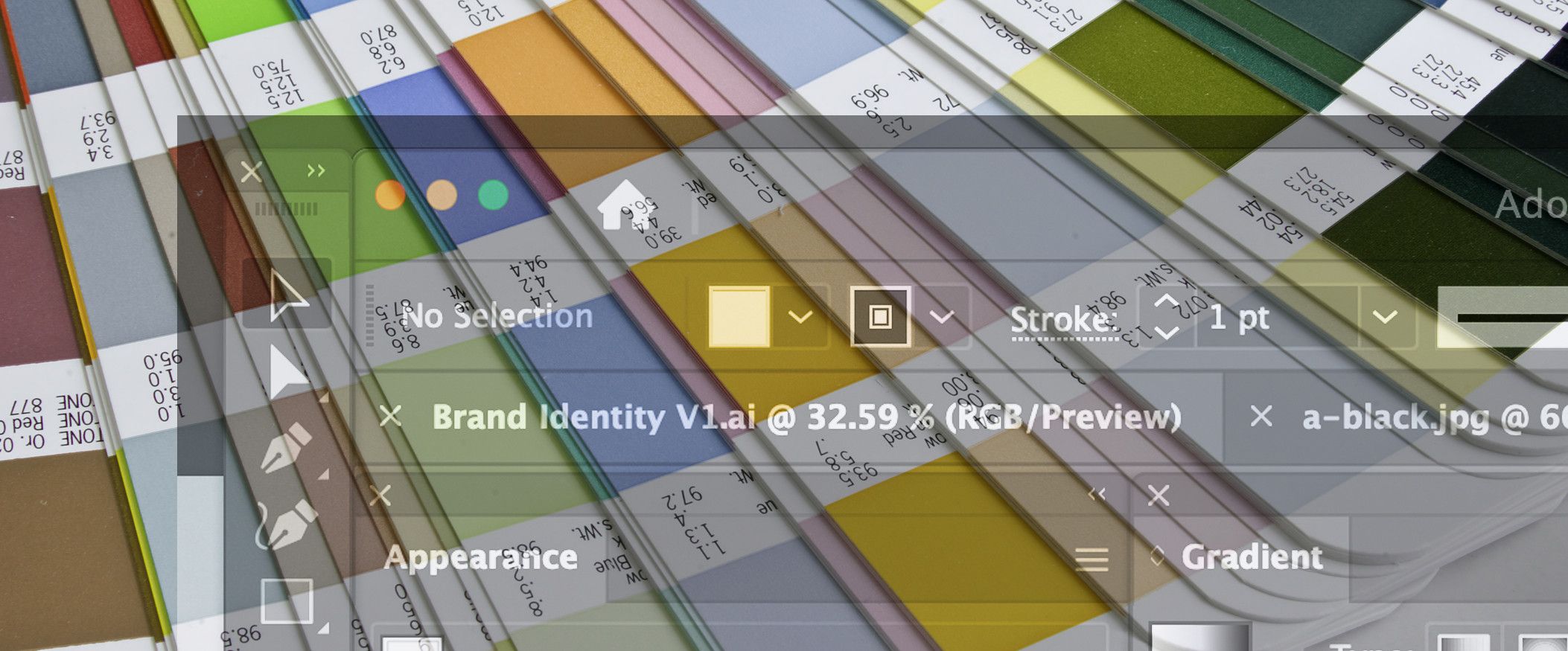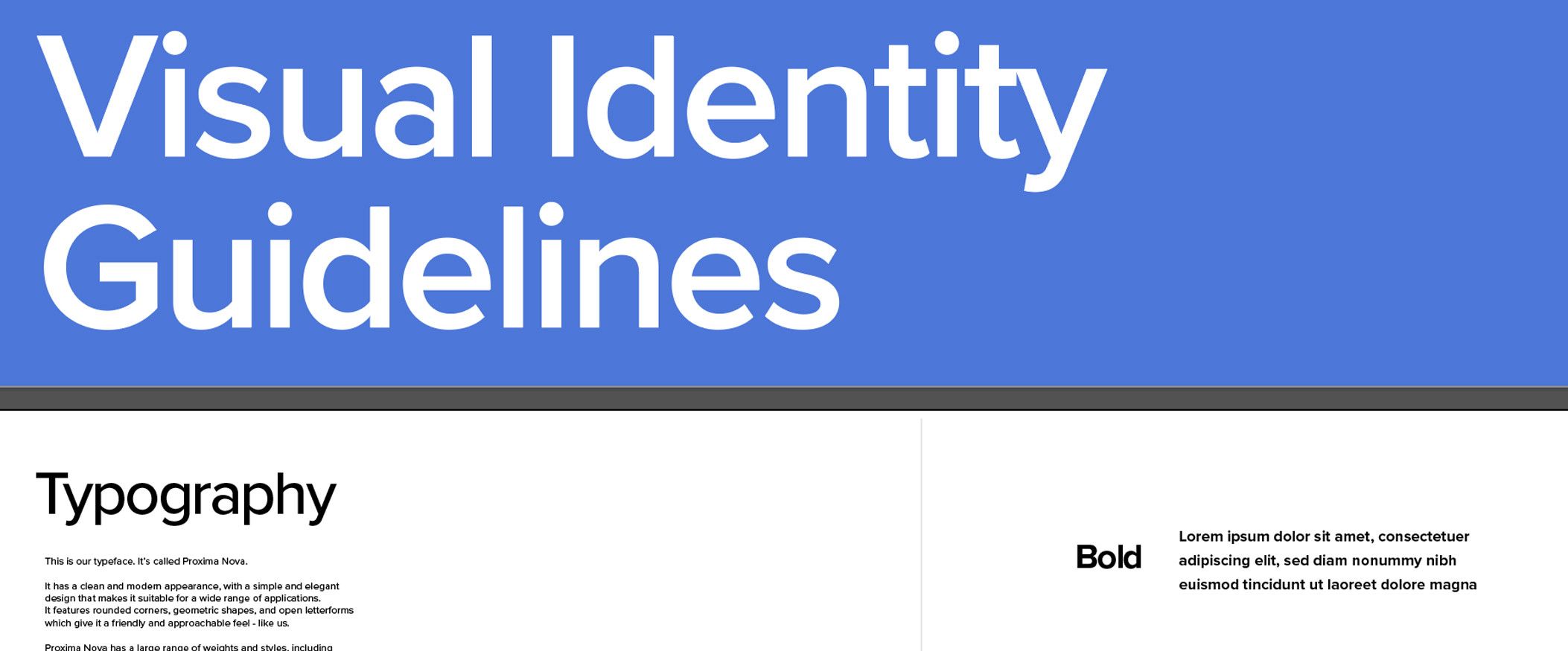
Help! Has anyone seen our brand?
An exploration into the unusual science of how, over time, your brand identity might show the first, worrying signs, of becoming ‘invisible’.
This site uses cookies that need consent.

An exploration into the unusual science of how, over time, your brand identity might show the first, worrying signs, of becoming ‘invisible’.
We work with a wide range of extremely well-known brands and we’ve implemented countless programmes in just about every corner of the globe involving the rollout of new company signage, wayfinding and branded, interior spaces.
More often than not, the signs we make and install are extensions to a brand in the form of new premises or a new product offering. And then, sometimes, we’re engaged to replace a brand’s entire estate with new signage, in new colours and featuring a whole new visual identity.

One of the more common prompts for a brand reset is often an operational one - i.e. a company has been sold off by a parent company, or been acquired by another. This leads to a rapid rethink about either realigning existing branding assets, coming up with temporary ones, or going for a complete new look. This was the case with Clarios which emerged as a result of the sale by Johnson Controls of its Power Solutions division.
And then there might be a new, top level, strategic direction, aimed at capturing new audiences/customers which often leads to a rethink on how a company presents itself visually - both externally through signs and internally through its workplace or customer retail environments.

Kind of, yes. And that timing is geared around an altogether more elusive, intangible set of factors which are less easy to define - but, essentially, it’s that’s when a company starts to feel a bit outdated, or that the interest and buzz around its brand has started to wane. That sense of losing market traction is heightened when a new disruptor joins the marketplace - with a fresh proposition and a different way of offering the same service.
A great example of this is how the arrival of internet banking and online financial services in the early noughties shook up an otherwise very conservative sector. Suddenly, we saw a mass of new brands using ultra modern fonts and the kind of bold or bright fizzy colours normally associated with the hospitality sector. Virgin Bank, First Direct and LV (formerly Liverpool Victoria) are great examples here.
Also, the now widespread use of company logos as avatars on social media sites has also led to the development of brand identities that are cleaner, sharper and more minimalist. Why? Because less is more when it comes to logos that are shrunk down to a 2mm circle on mobile phones.
All this minimalism and rethinking of colours has, in turn, led to corporate brands sensing that their visual assets either look off-cue or, no longer reflect their personality and ambitions, or, more significantly, lose their ability to translate to each new requirement on and offline.
Font designs and colour palettes are also subject to the variances of trends and fashion and, with some of our clients, a brand makeover gives the opportunity to explore new design formats with a softer, more empathetic tone. This was the case for cancer care specialists Genesis Care who wanted their new brand visibility to reflect the compassion and sensitivity around their work.
As a counterfoil to all of the above, sometimes a brand identity doesn’t need a major overhaul or rethink, but just a subtle nip and tuck. It’s interesting to note, for example, how many of the big supermarket brands have been quite conservative around introducing major changes to their corporate identities, with all of them retaining the colours and fonts that we have associated with them for decades. With Majestic and Tesco, for instance, we simply play a key role in keeping their company signs fresh and on point without making dramatic changes to the overall look and feel.
Operational factors aside, the science behind when the time is right to re-think your brand identity is an inexact one. But here’s a few pointers to help you determine whether your brand is in danger of becoming invisible.
An obvious metric here is sales and profits. Once your customers and client base have lost a connection with your brand, and start to move elsewhere - this is where you can really start to see a difference. On the bottom line. Other market factors may also be affecting sales and turnover but customer perception of your brand should never be underestimated.
Visual benchmarking. This is a useful (and sometimes unnerving) exercise. Basically, you’re placing your brand identity alongside those of your competitors to see how you fare. Visually, is your brand being represented as engaging and exciting as those of your competitors? Does it reflect the wider marketing landscape within your sector?
Your past and your future. Is your brand identity a good reflection of all the wonderful things happening within your brand? This is another good test and one which we embarked on with our design agency when we underwent our own rebrand. Does your brand identity help to embody the values and beliefs and still reflect who you are and how you want to be perceived? And how is this interpreted in the use of colour, graphic devices and marketing straplines.
How open/averse are you to creative risk and adventure? For some companies, a major brand overhaul is an exercise in restraint - ensuring that it retains many of the existing visual and design cues of the current iteration. A good example of this is the brand overhaul we rolled out for NatWest which drew on their original 1970s logo as inspiration for a 21st century reworking. Subtle but distinctive. For others, it’s seen as a time for a dramatic overhaul that makes a strident statement of intent and ambition. The rebrand of consumer retail business GVC to Entain shows a dramatic brand reinvention.
Getting your brand seen and noticed starts with us working with your design team, or deploying ours, to work through a raft of design ideas. We adopt a collaborative approach to creating and rolling out brand identities, particularly as this allows us to explore materials through prototypes and to address the ever-important issue of sustainability.
We’re also conscious that every new sign roll out is not just a major logistical exercise, but an important investment. So a key part of this process is to work towards future-proofing your new look, and ensuring that we deliver a consistently high standard of quality across your entire estate.
The most important thing to remember is that a truly visible brand is not just about designing a new logo; it’s about creating a brand that’s intrinsically embedded in your corporate values and ambitions.
Read our own story into why we decided that 2023 was the year to rebrand Pearce.
We’re trusted by some of the world’s most famous brands, so if a change to yours is on the horizon, you can be assured that your most precious of assets will be in the safest of hands. Talk to us.